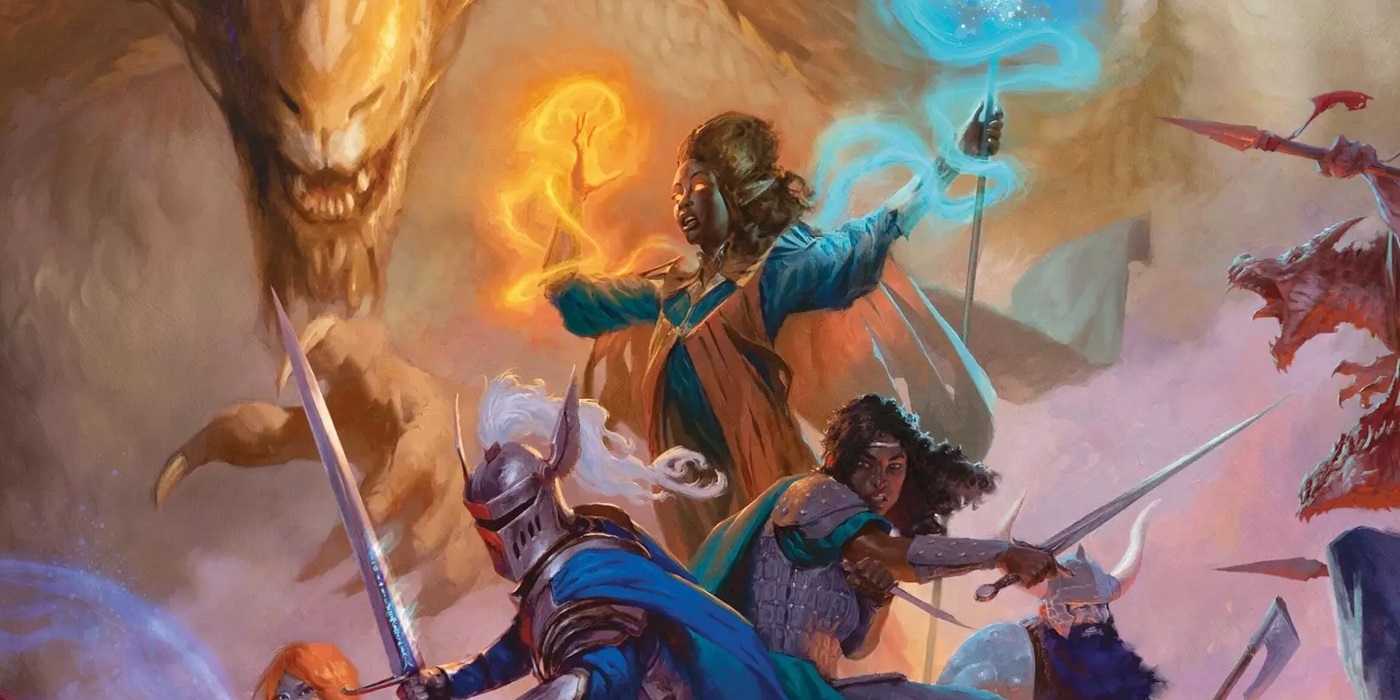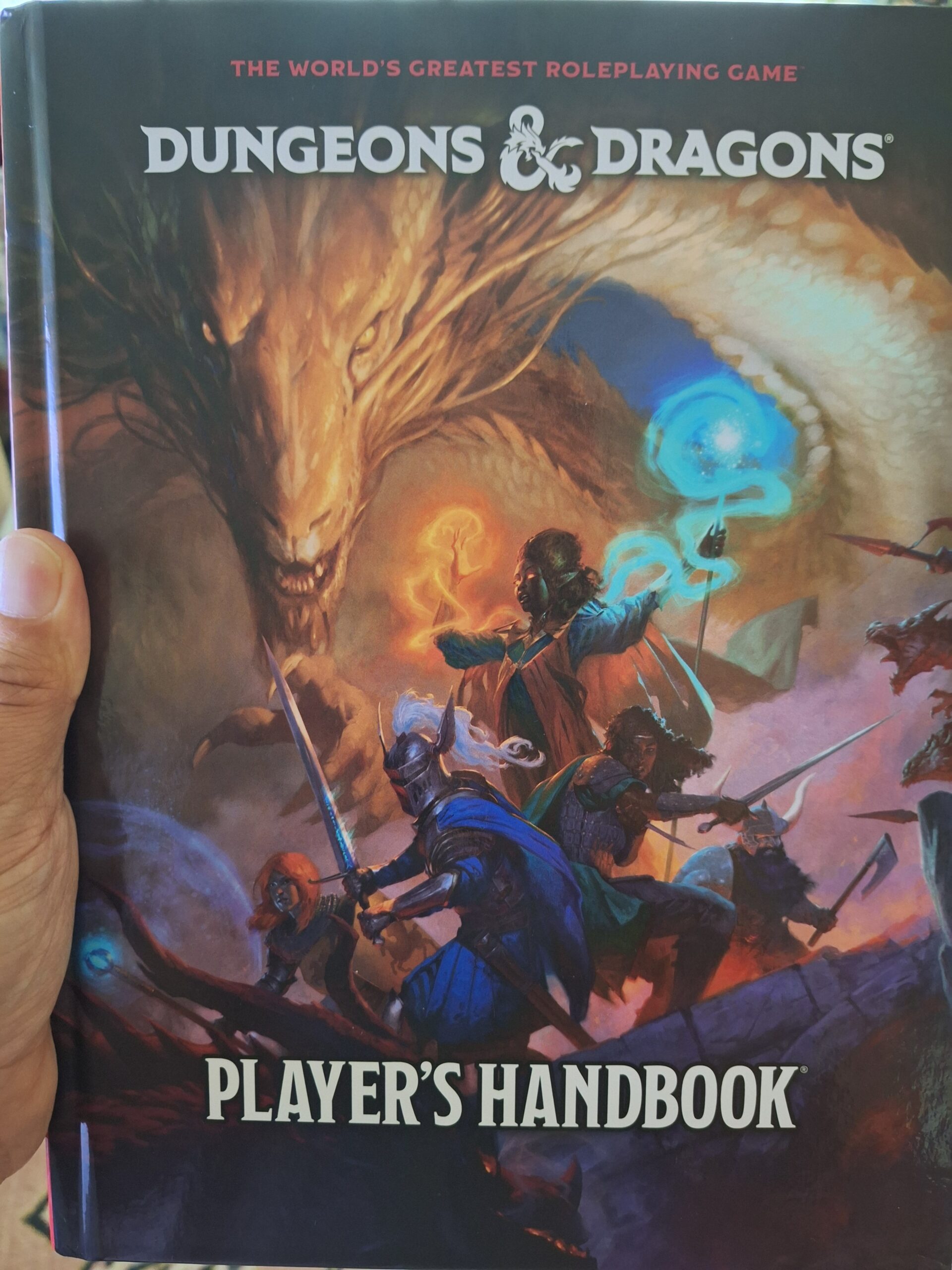D&D: Surprise, Fear, But No Ruthless Efficiency – Clearer Rules in 5.5E

The 5.5E ruleset makes a lot of the more complicated rules interactions into Conditions instead. But not the oft-confusing Surprise Round.
Among D&D’s many rules are Surprise and Fear. I’ve looked, and so far haven’t found rules for a ruthless efficiency or an almost fanatical devotion to the Pope. You’d have to homebrew those up yourself.
But you probably could. Because in the 5.5E ruleset, a lot of the complicated rules interactions have become Conditions. Conditions in D&D do a fair amount of heavy lifting for the rules. And outside of Conditions, the rules seem to be simplified. Fear and Surprise, and weirdly enough, Grappling and Influence help to illustrate the more discrete and well-defined rules in 5.5E.
Surprise Is Simpler In D&D Now, But Surprisingly, Not A Condition
One of the weirdest things about the rules is that they’ve clearly gone to great lengths to streamline things. And yet, for all the streamlining, which does work, I want to be clear about that. It’s easier than ever to know what most of the rules are meant to do – but it’s a little strange what is and isn’t a condition in D&D.
Case in point. Surprise isn’t a condition. In fact, it’s barely a rule anymore. That’s a big part of what makes it so easy. Surprise, in 5E, was a condition. It meant that you couldn’t move or take an action on your first turn of combat, and you couldn’t take a reaction until after your first turn.
This was why you would often see confusion about a “surprise round” and what that meant/how it worked. It was technically always the first round of combat. But sometimes people couldn’t do anything during it.
How does it work in 5.5E?
“If a creature is caught unawares by the start of combat, that creature is surprised, which causes it to have Disadvantage on its Initiative roll.”
– PHB page 376
And that’s it. Where it gets weird is how much stuff is a condition now. Like Fear, for instance. Frightened works pretty much as it did in 5E; it’s just been cleaned up so that the Player/DM doesn’t miss the part where a creature with the Frightened Condition can’t willingly move closer to the source of its fear.
Similarly, being Grappled is now a Condition, which we’ve previously covered. And weirdly enough, Stealth now works mostly by Conditions.
A Question Of Stealth
If you want to sneak up on someone (in order to surprise them, let’s say), you have to succeed at a DC 15 Stealth check while you are either Heavily Obscured or Behind Three-Quarters Cover or Total Cover and also out of an enemy’s line of sight. If all that happens, and you succeed at your roll, you gain the Invisible Condition.

And lest you worry that it’s now just a static DC and either overpowered or utterly useless, your Stealth Check sets the DC for someone to spot you. You’re effectively making an opposed check. Now many people wonder what happens once you have the Invisible Condition. Do you have to stay in three-quarters cover or dim light? Or can you just stealth your way in broad daylight across an open, well-lit courtyard?
The answer my friend, isn’t blowing in the wind. You lose your Invisible Condition if you make a sound louder than a whisper, if an enemy finds you (again, with your DC set by your Stealth check), or you make an attack roll or cast a spell with a Verbal component.
All that to say, while the rules *are* cleaner, D&D is still D&D and there are parts that seem harder than they need to be, but hey, isn’t that what D&D is all about?








